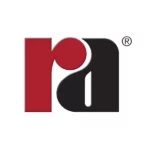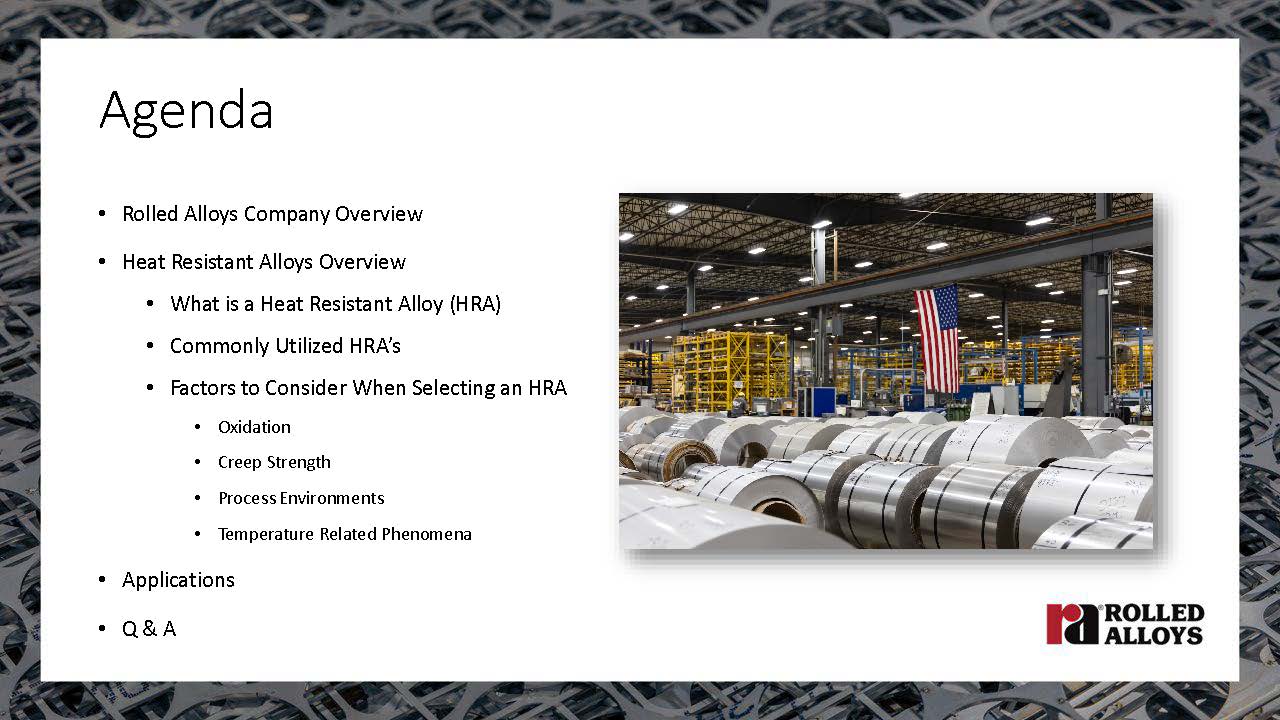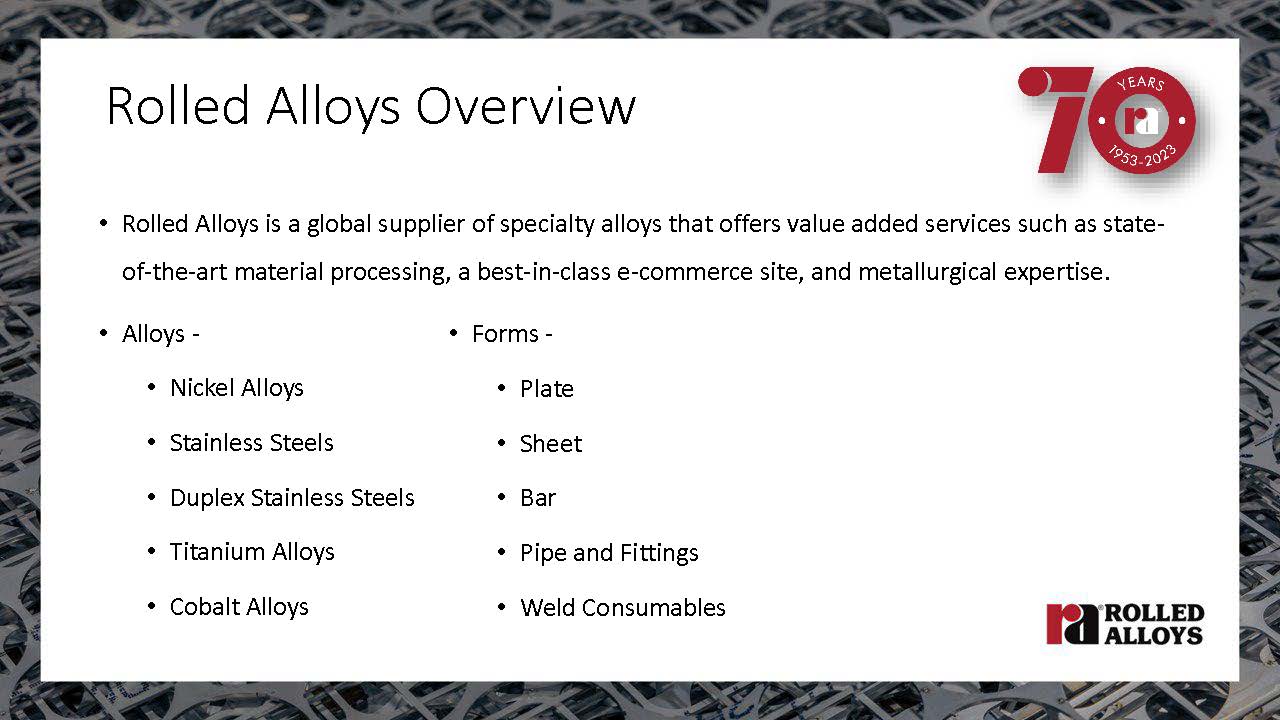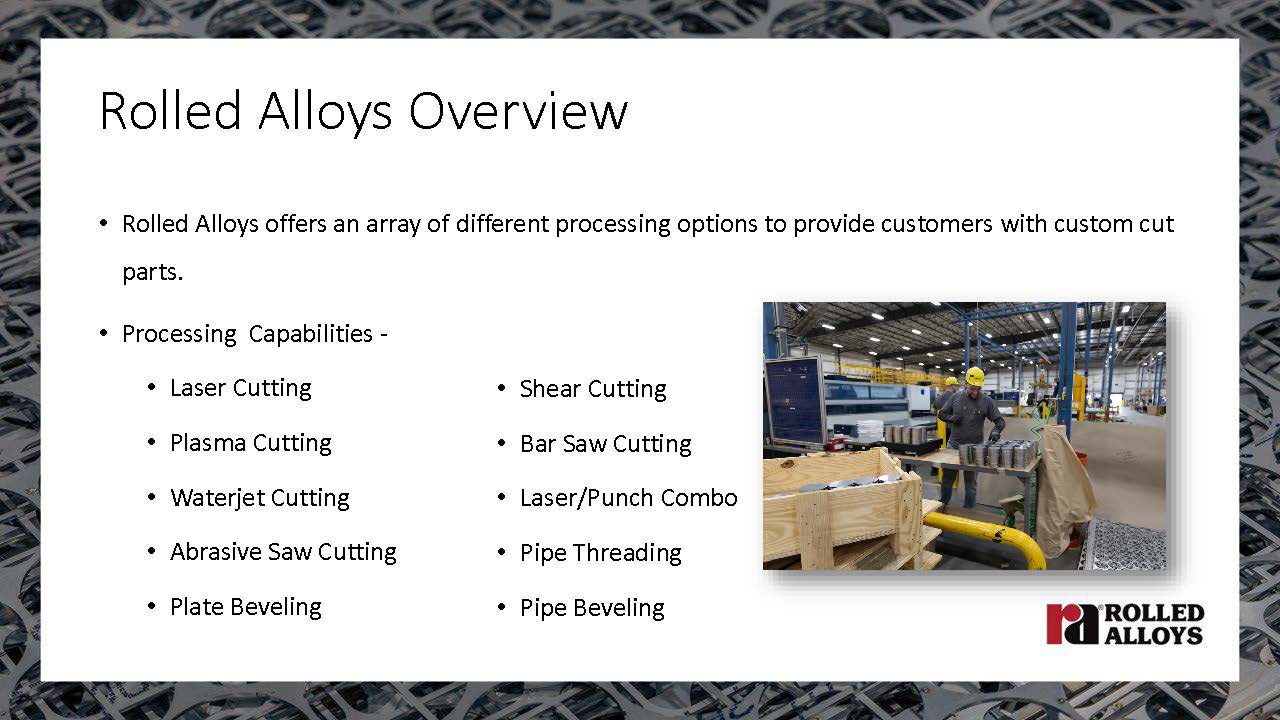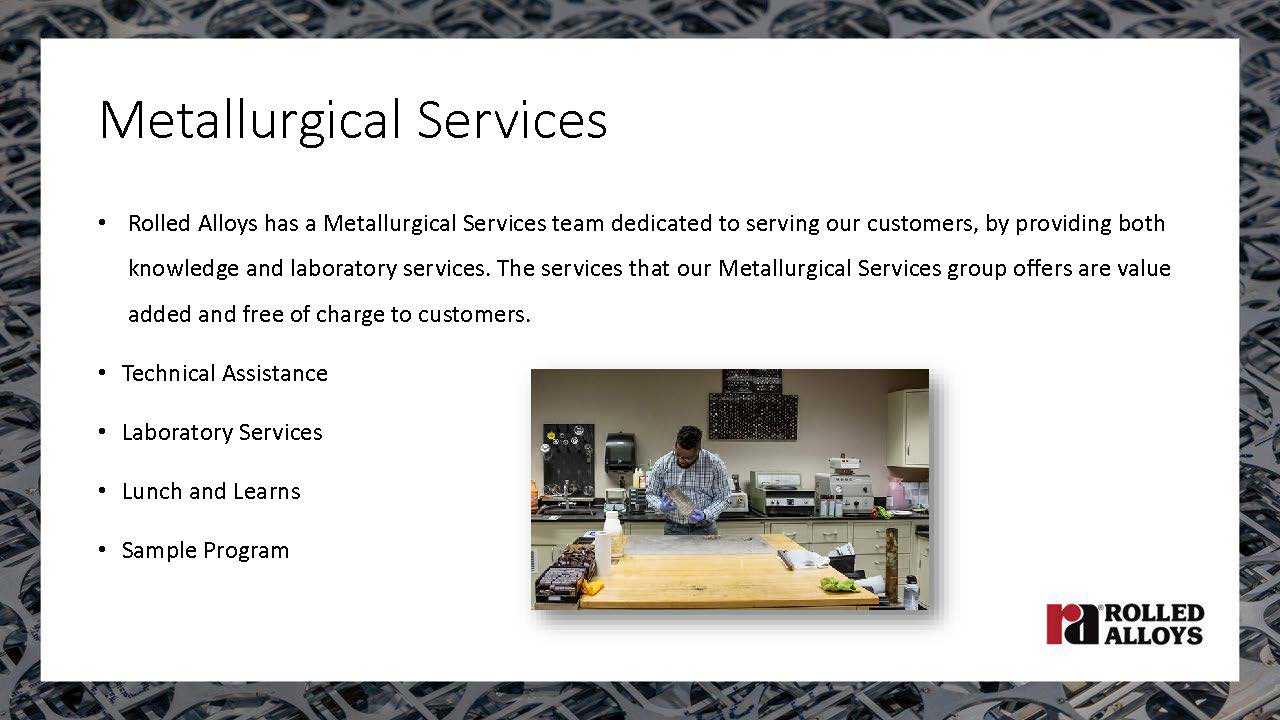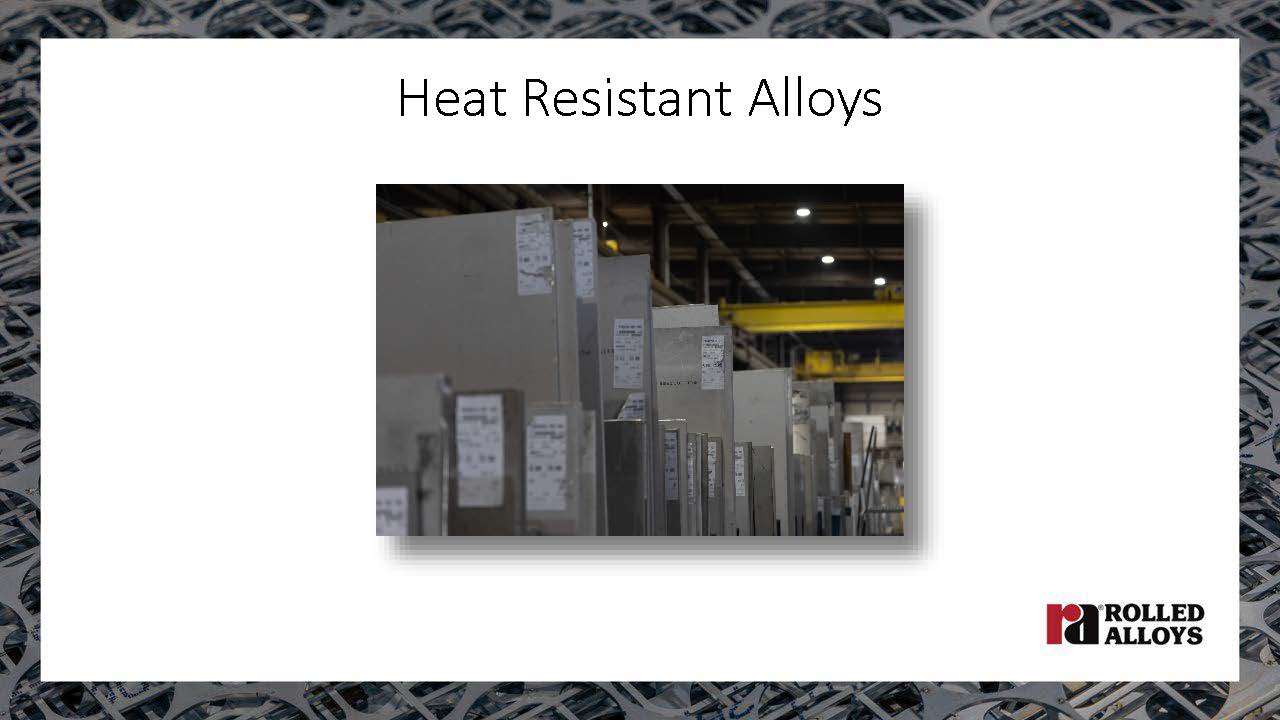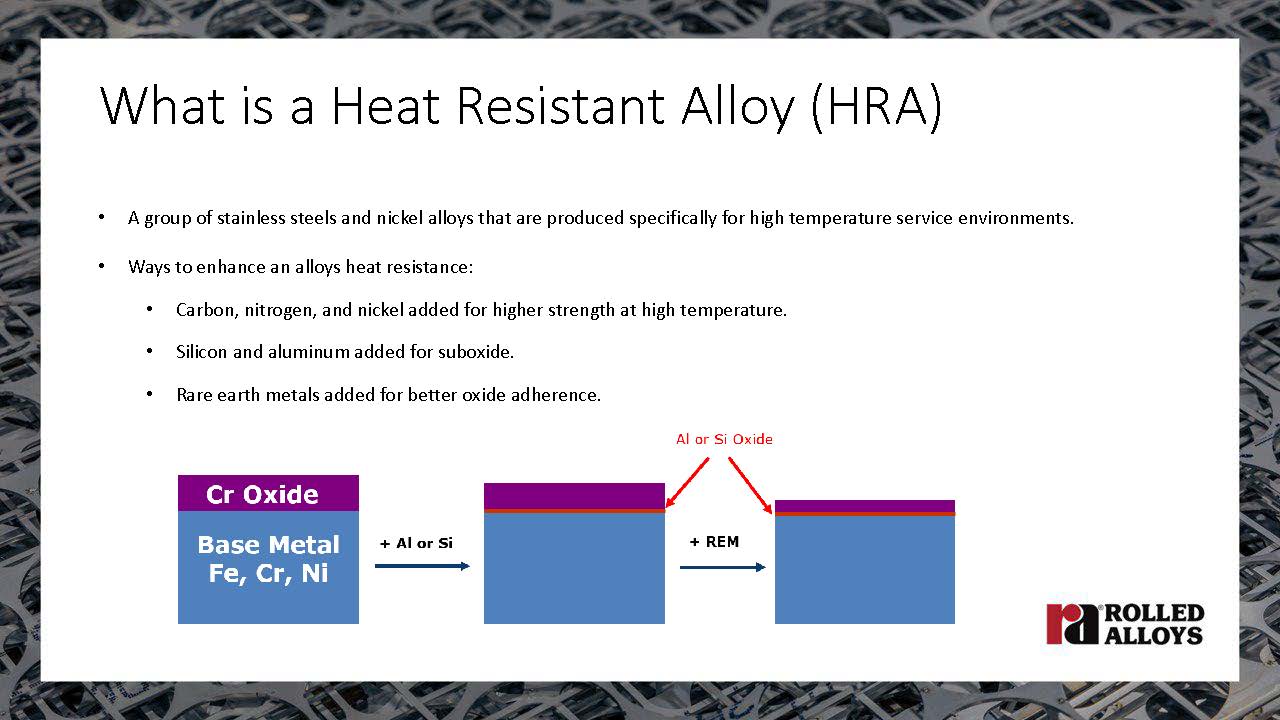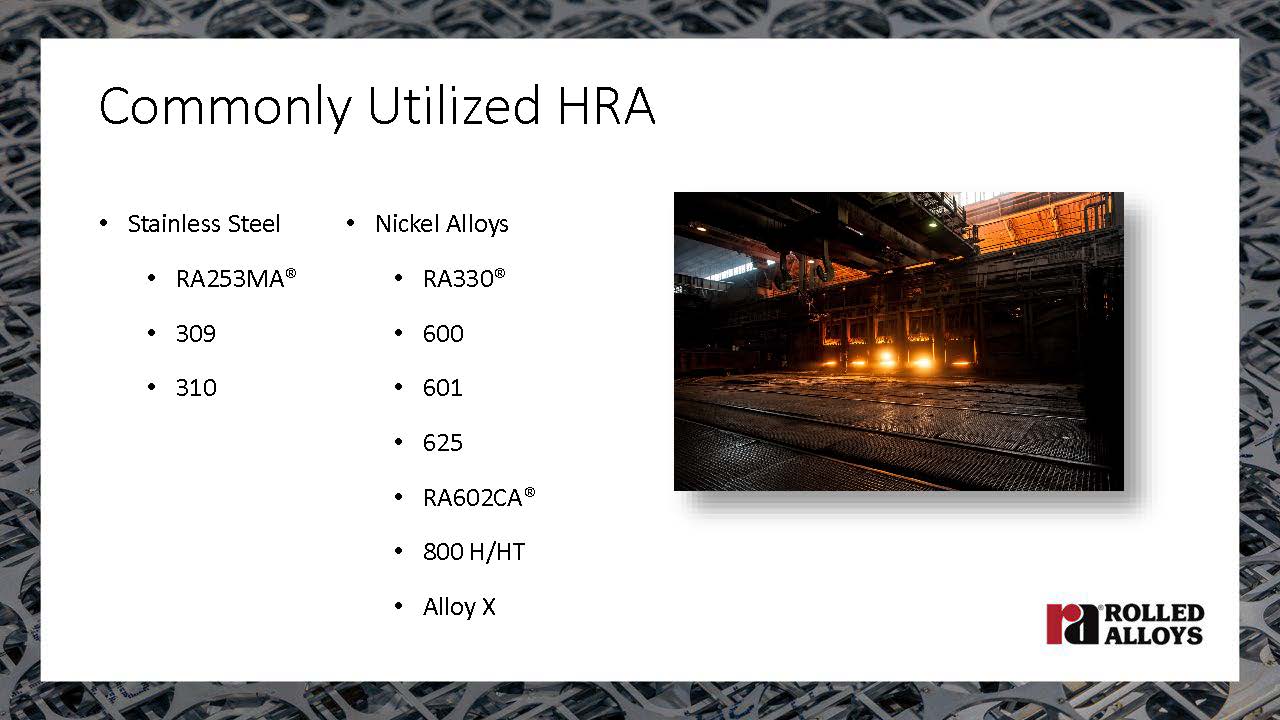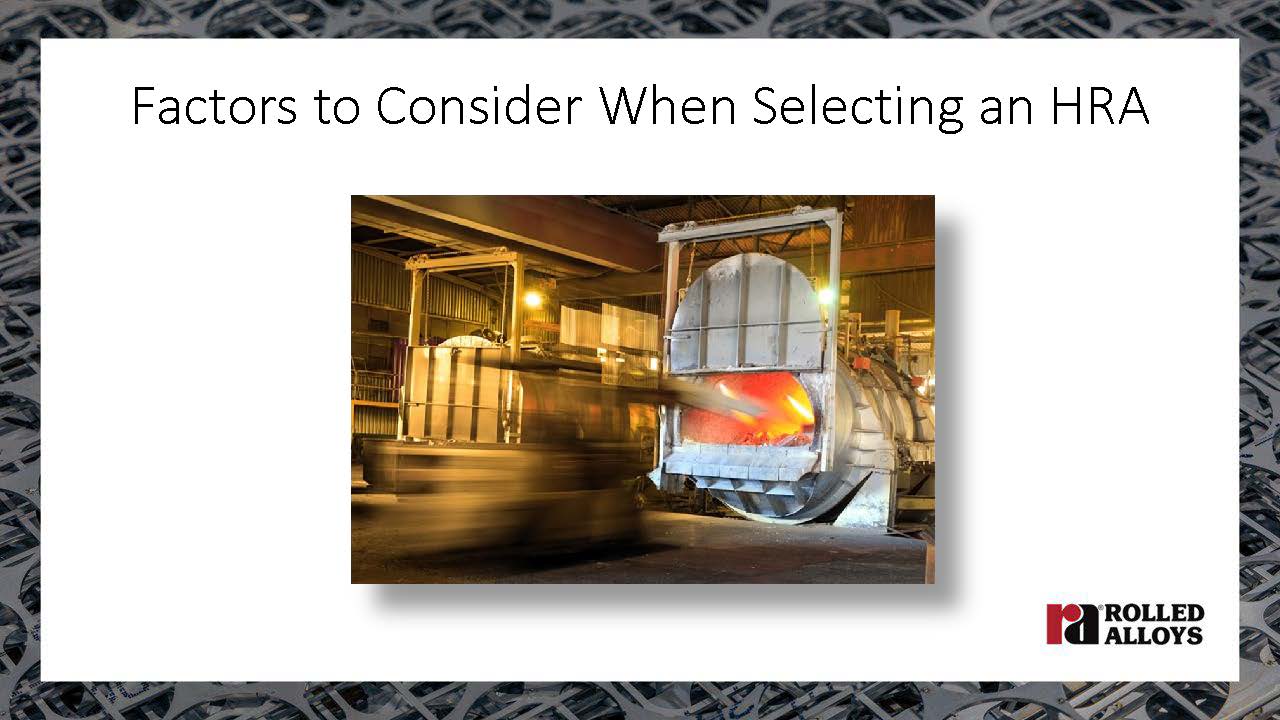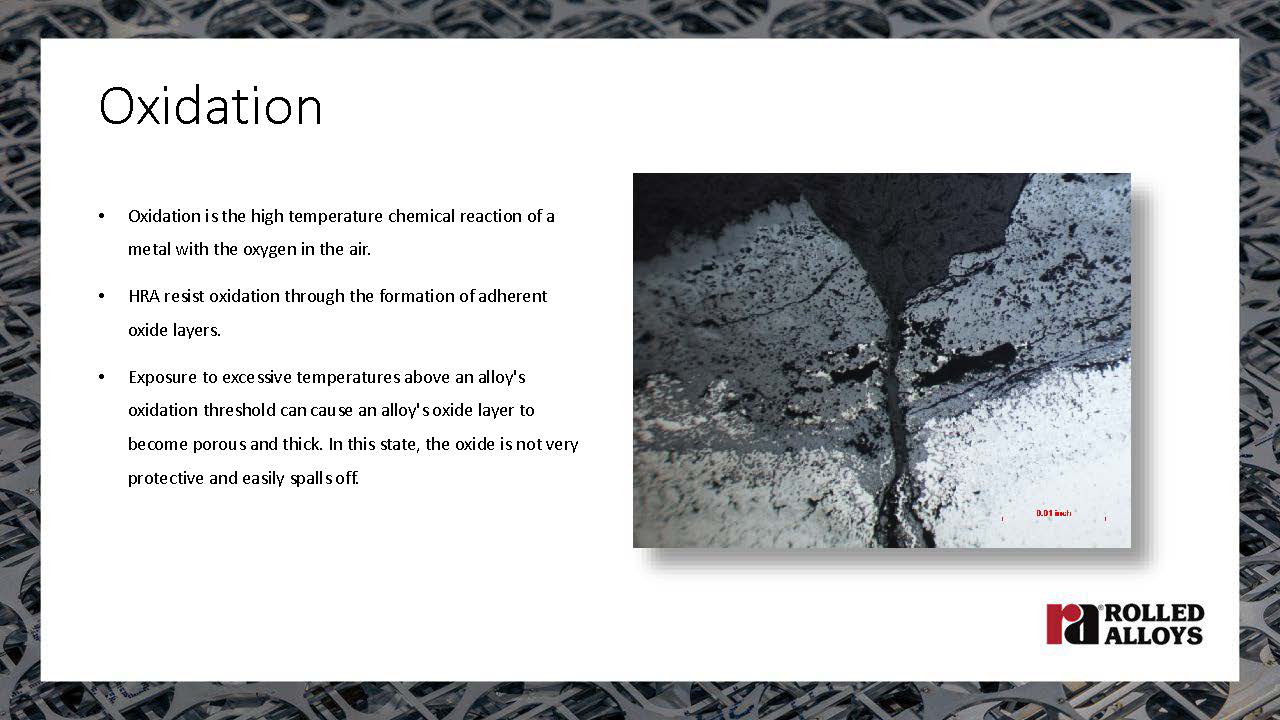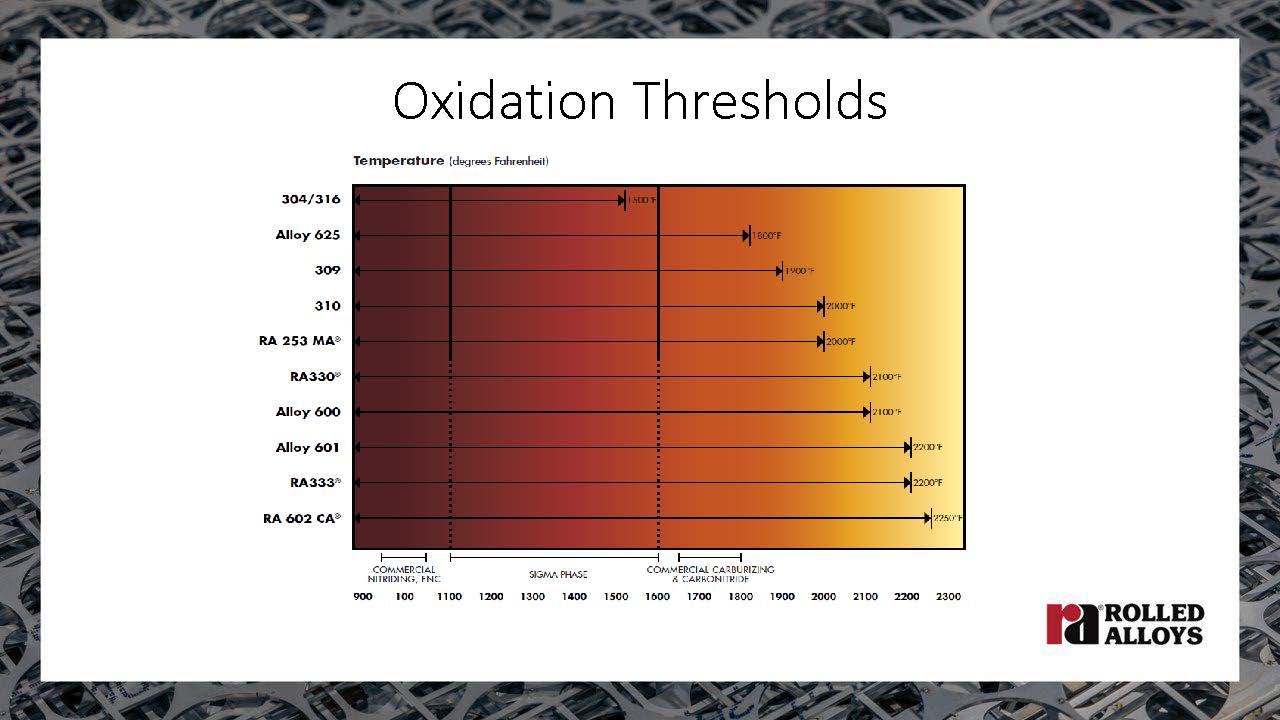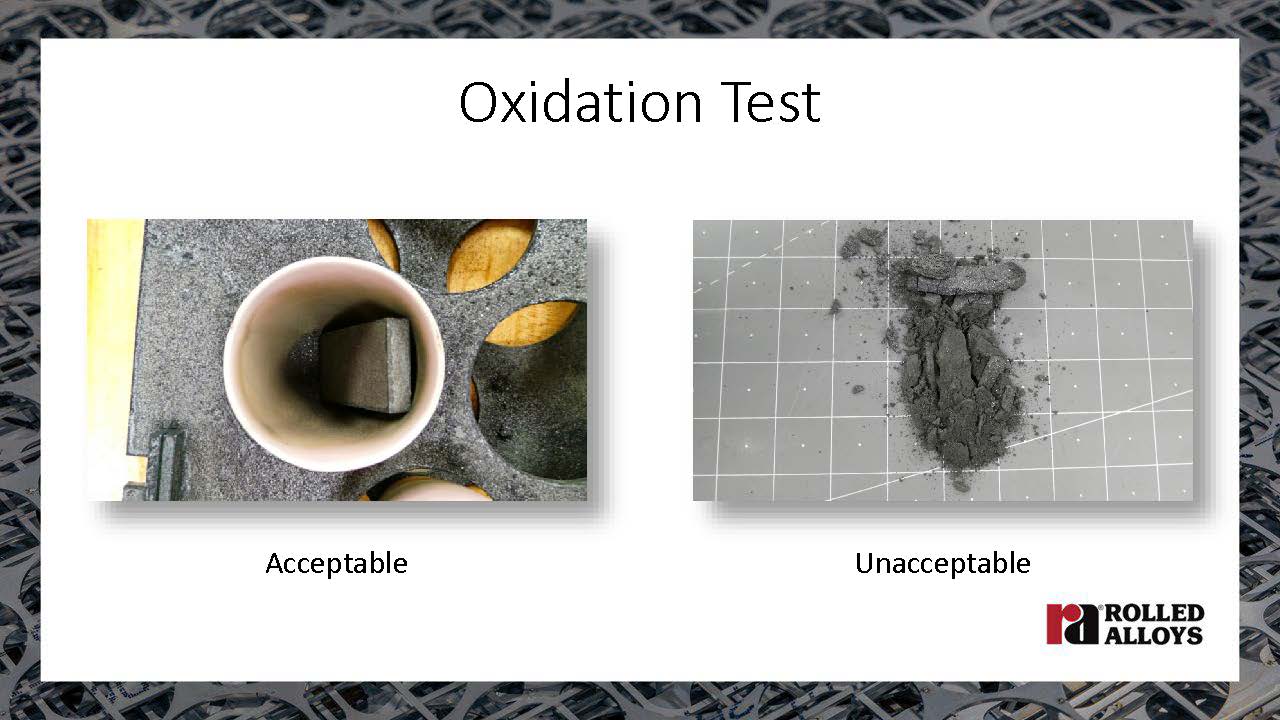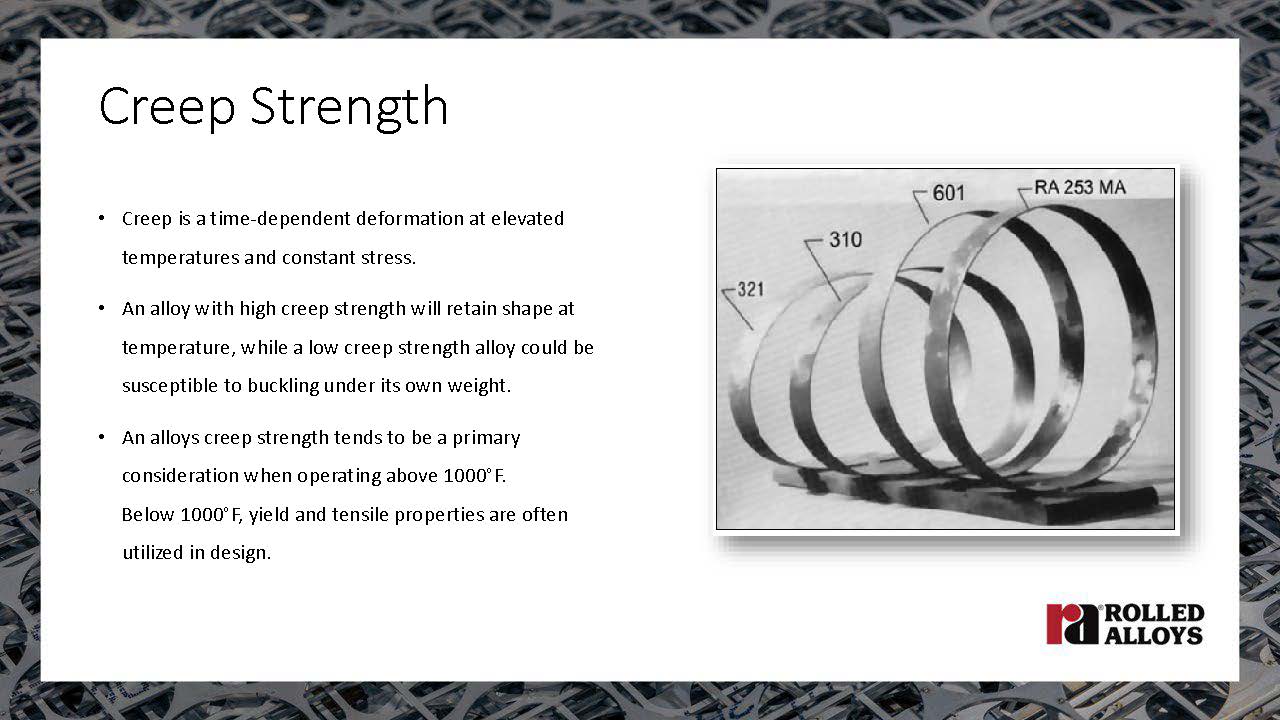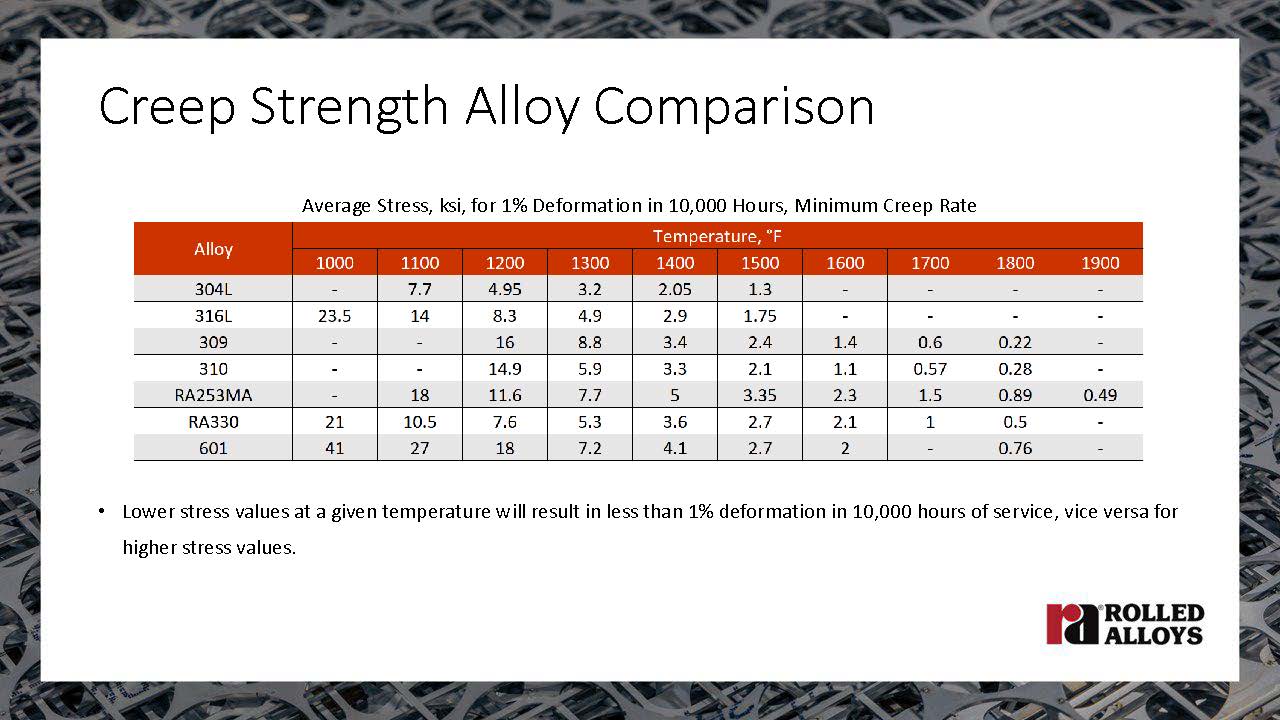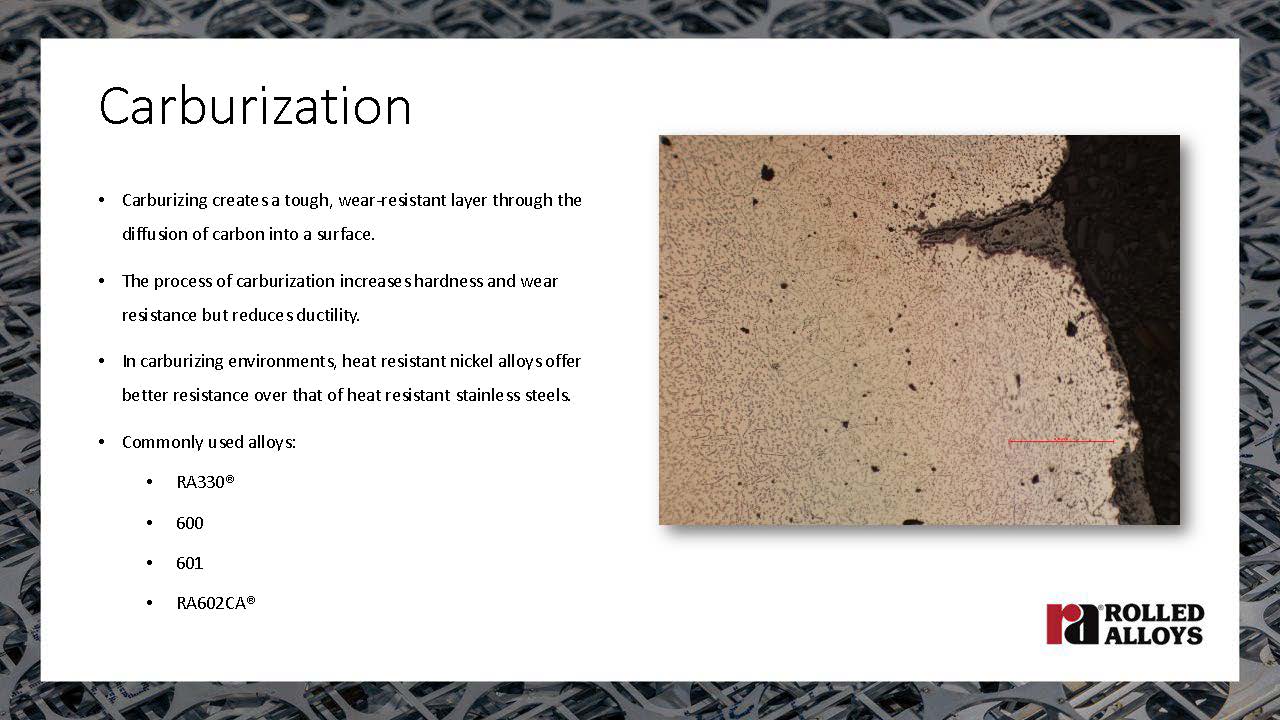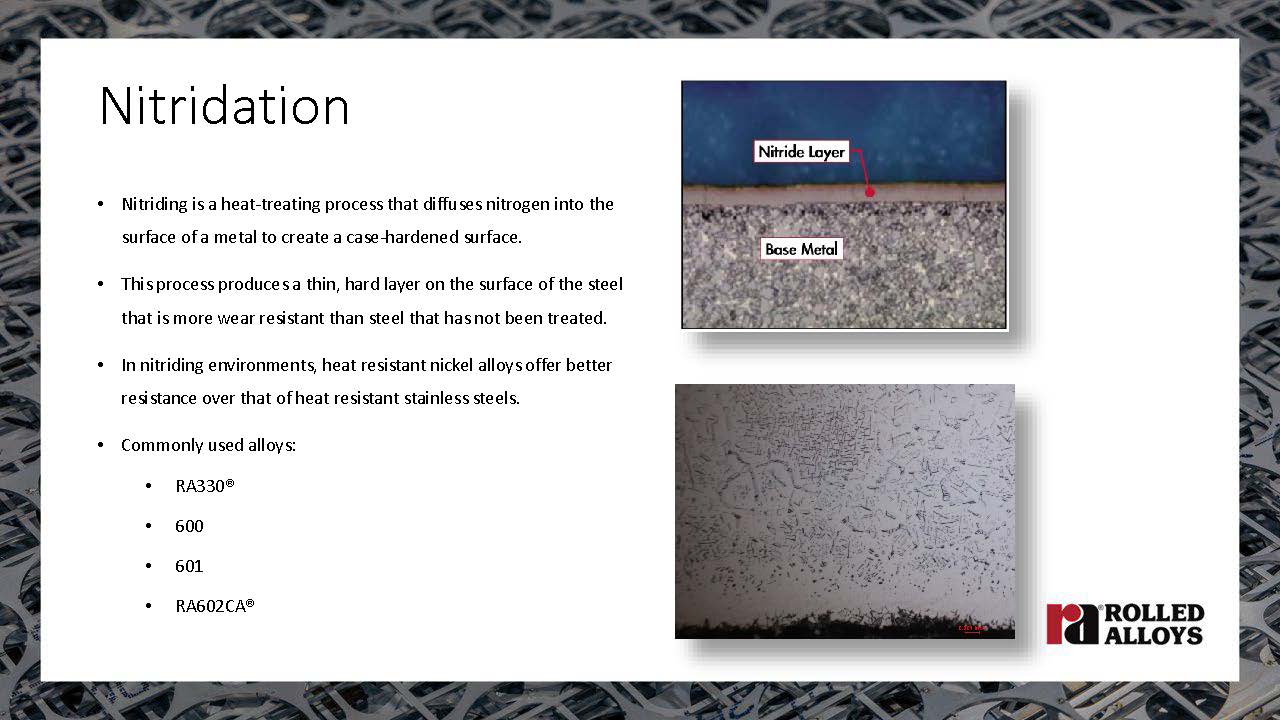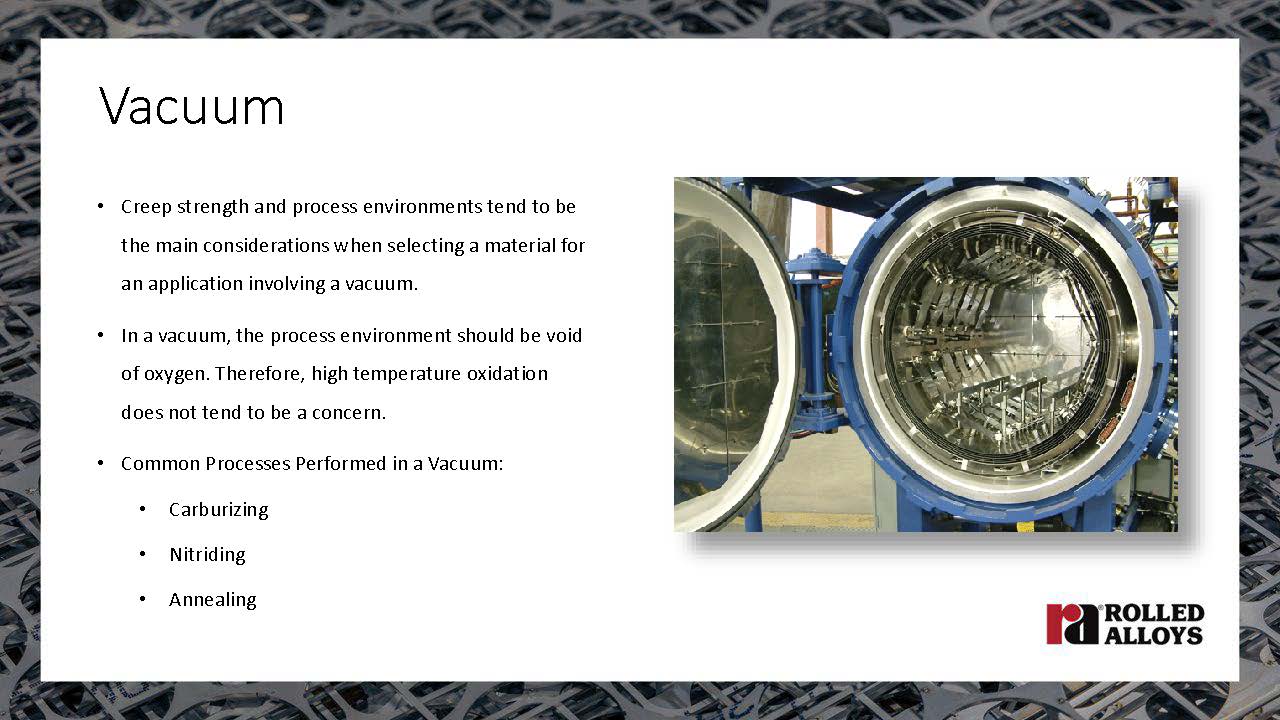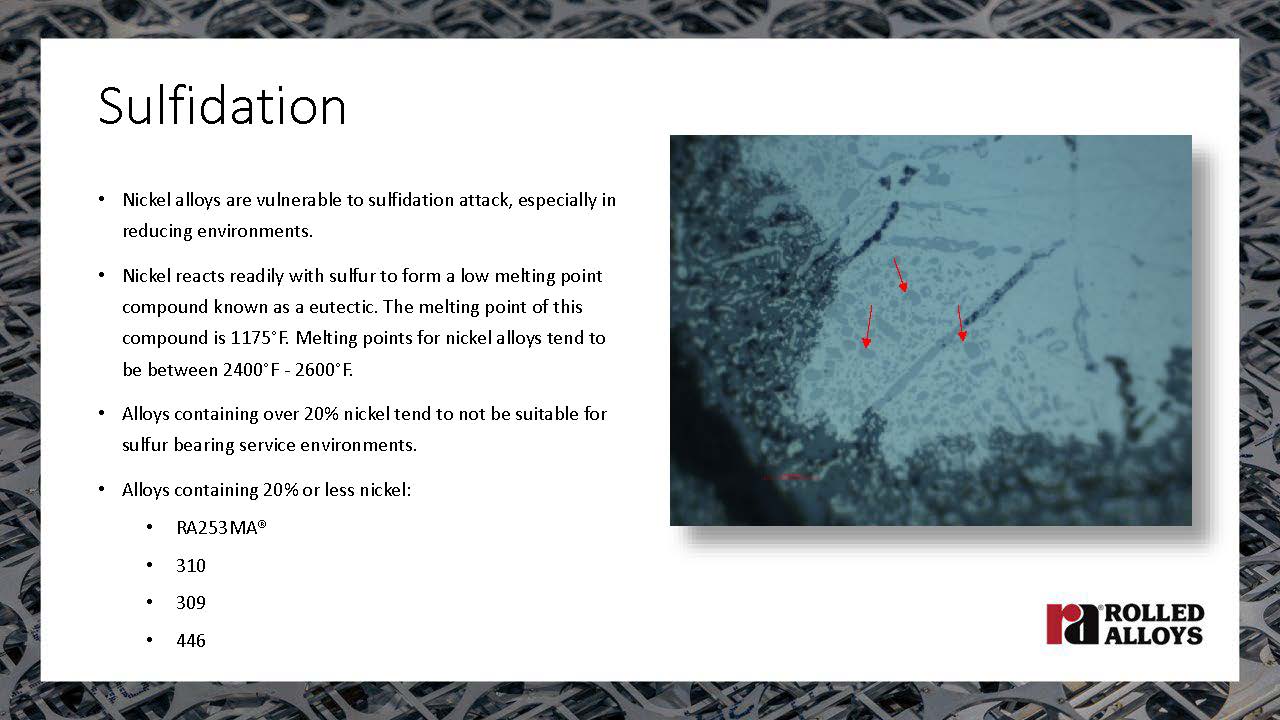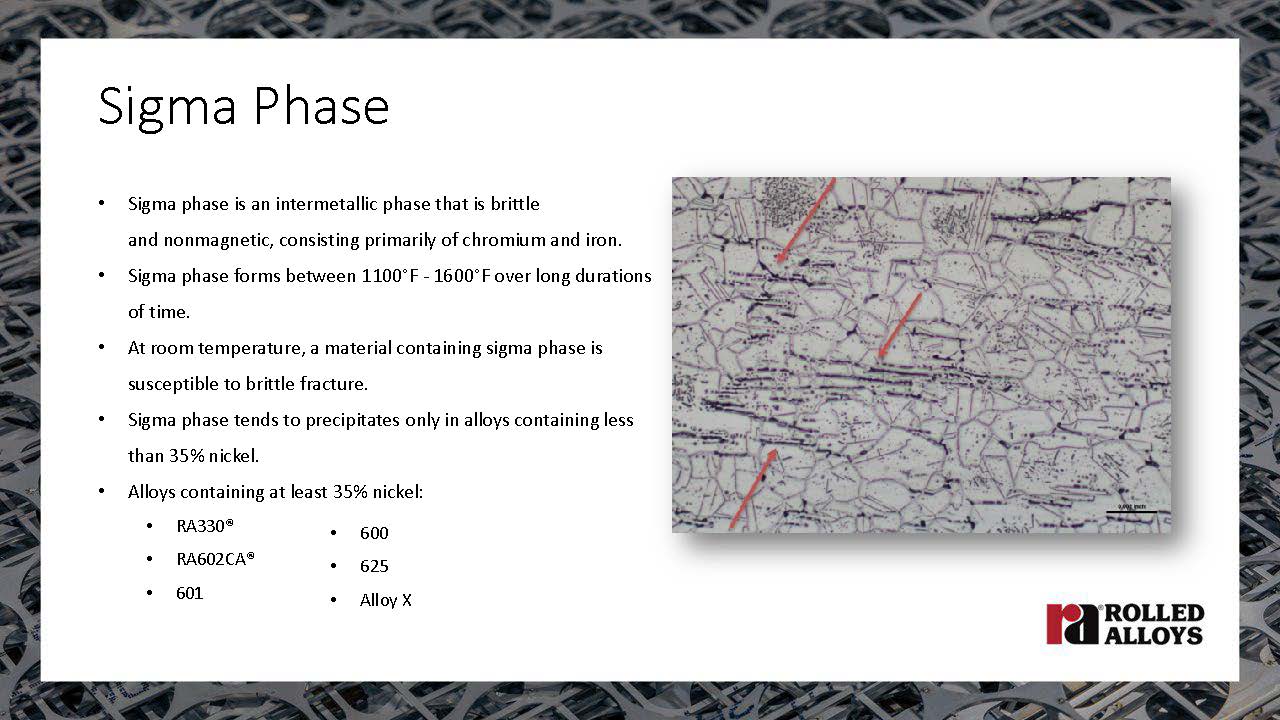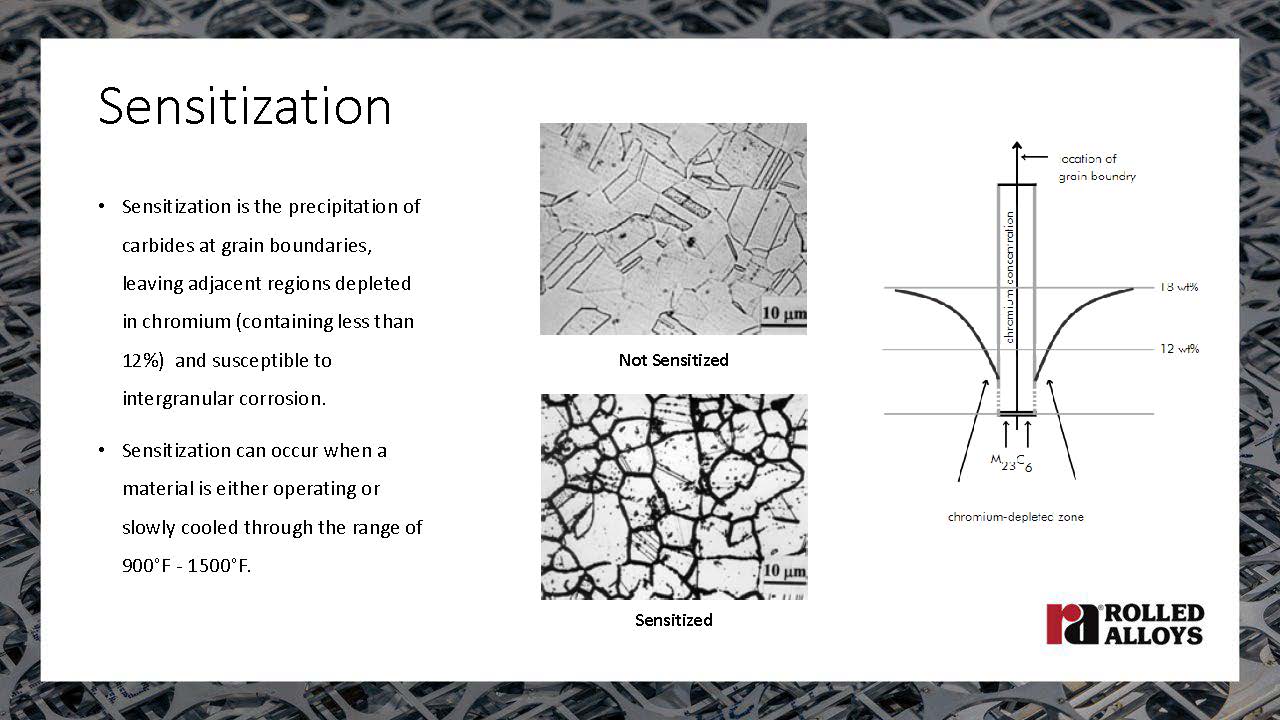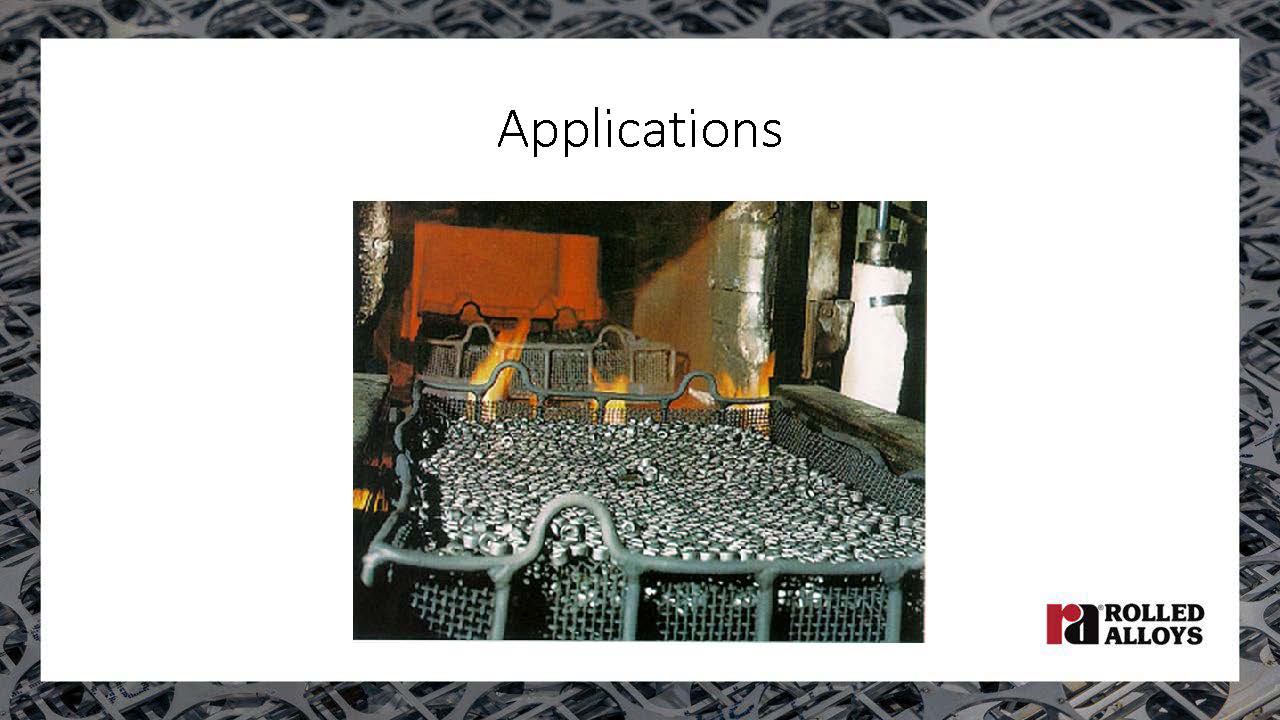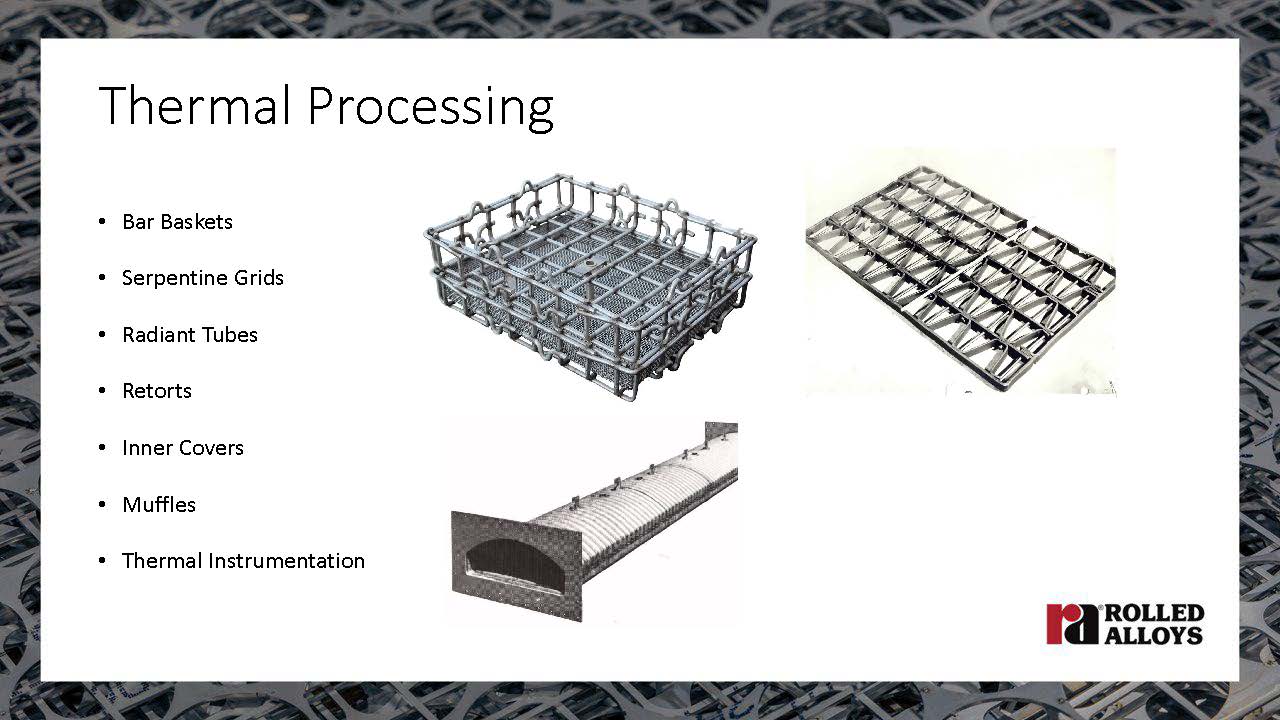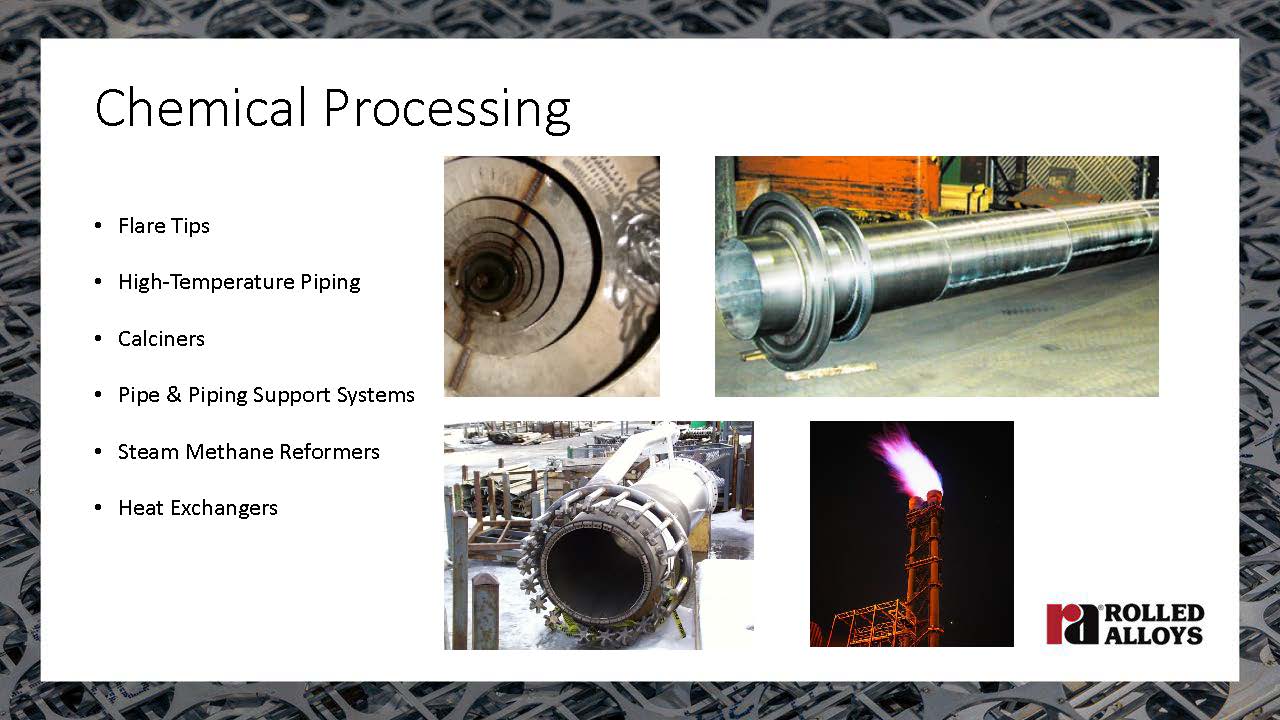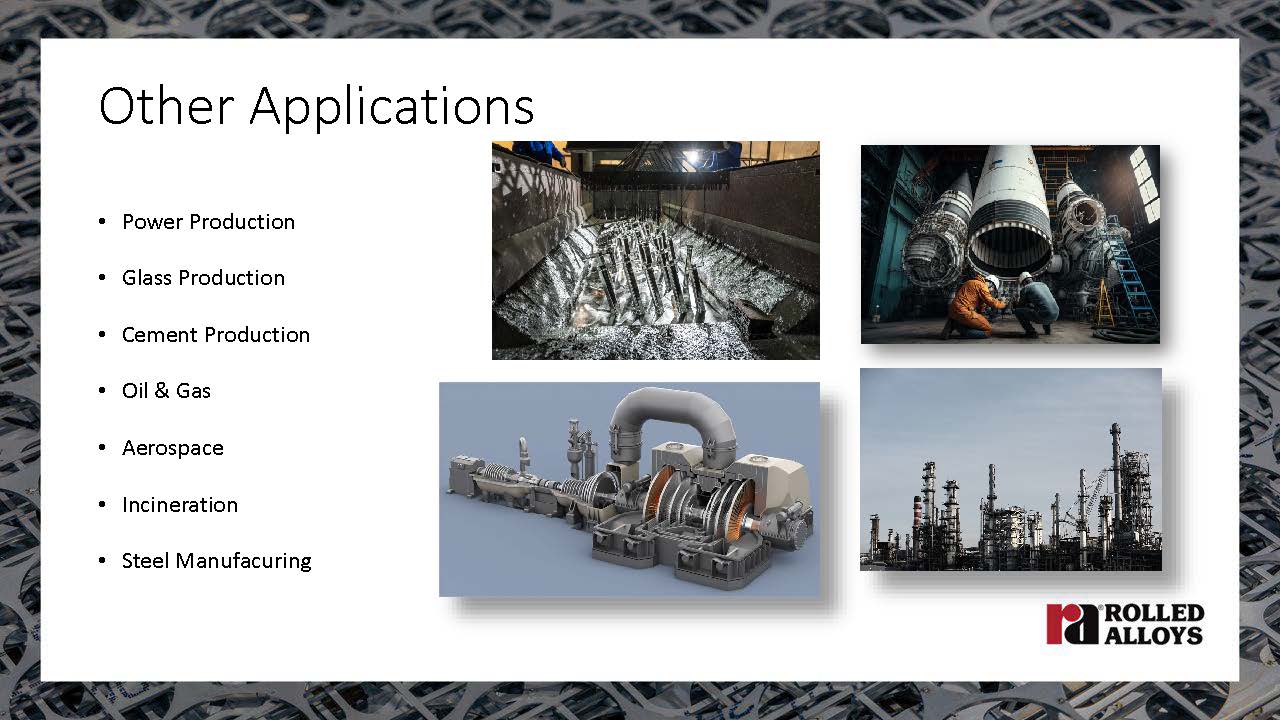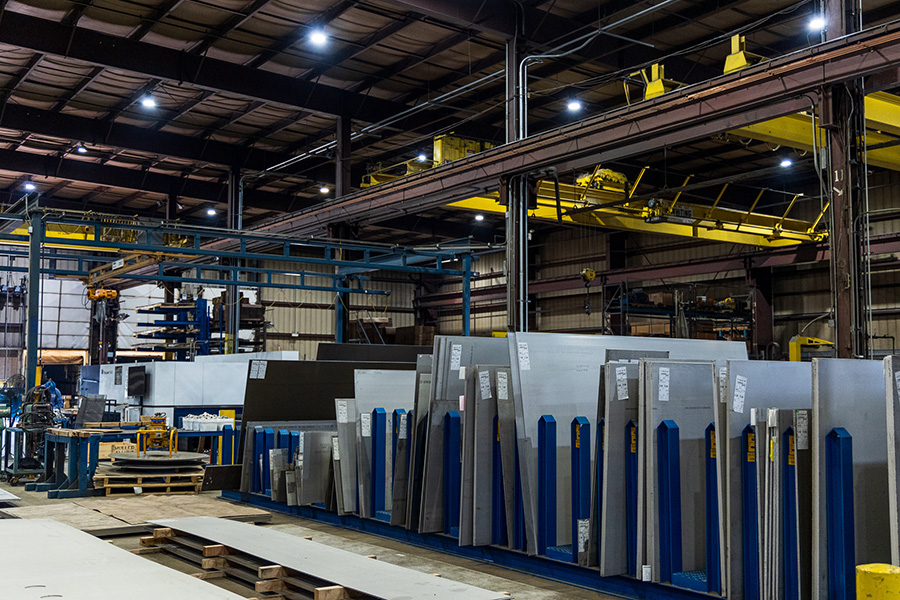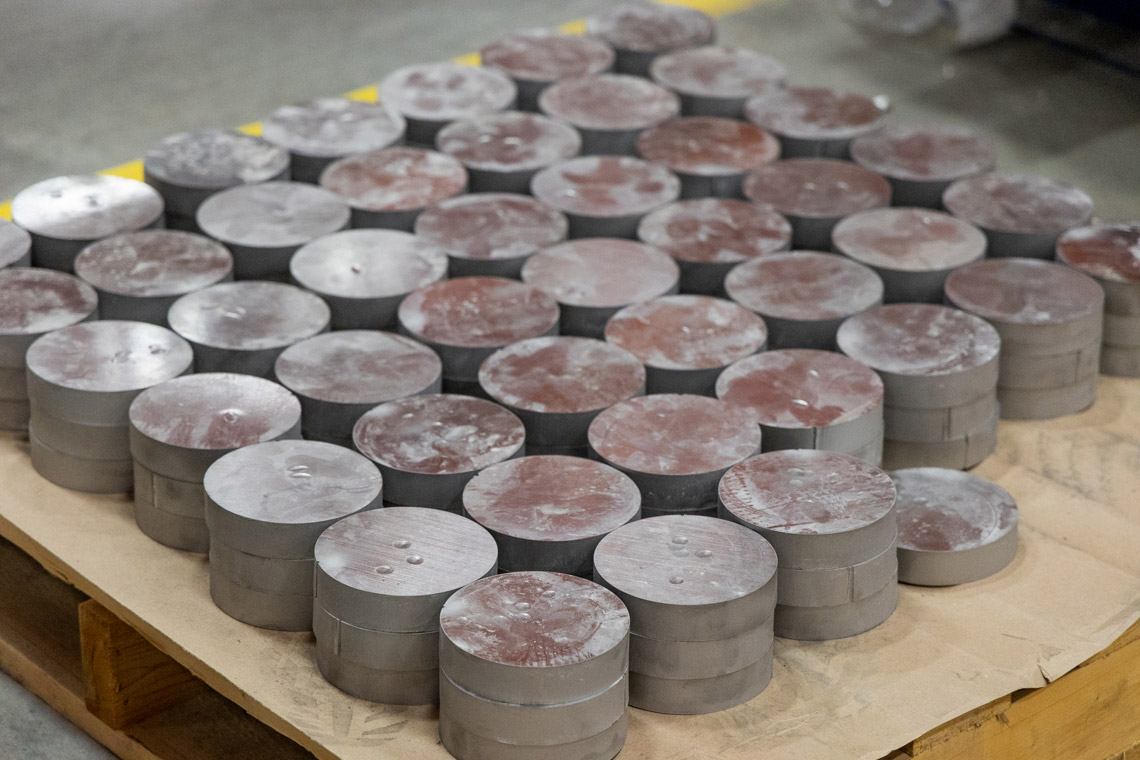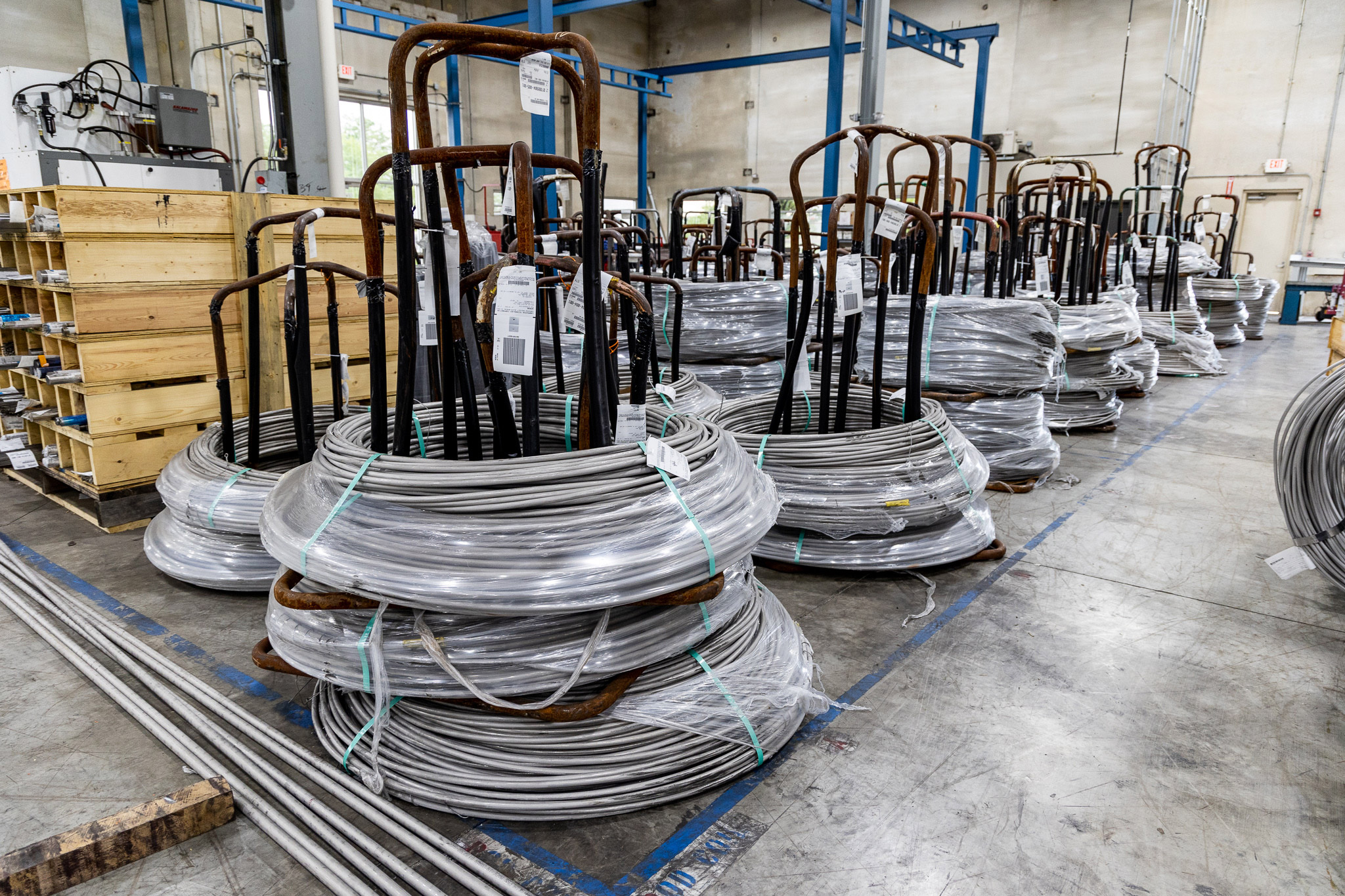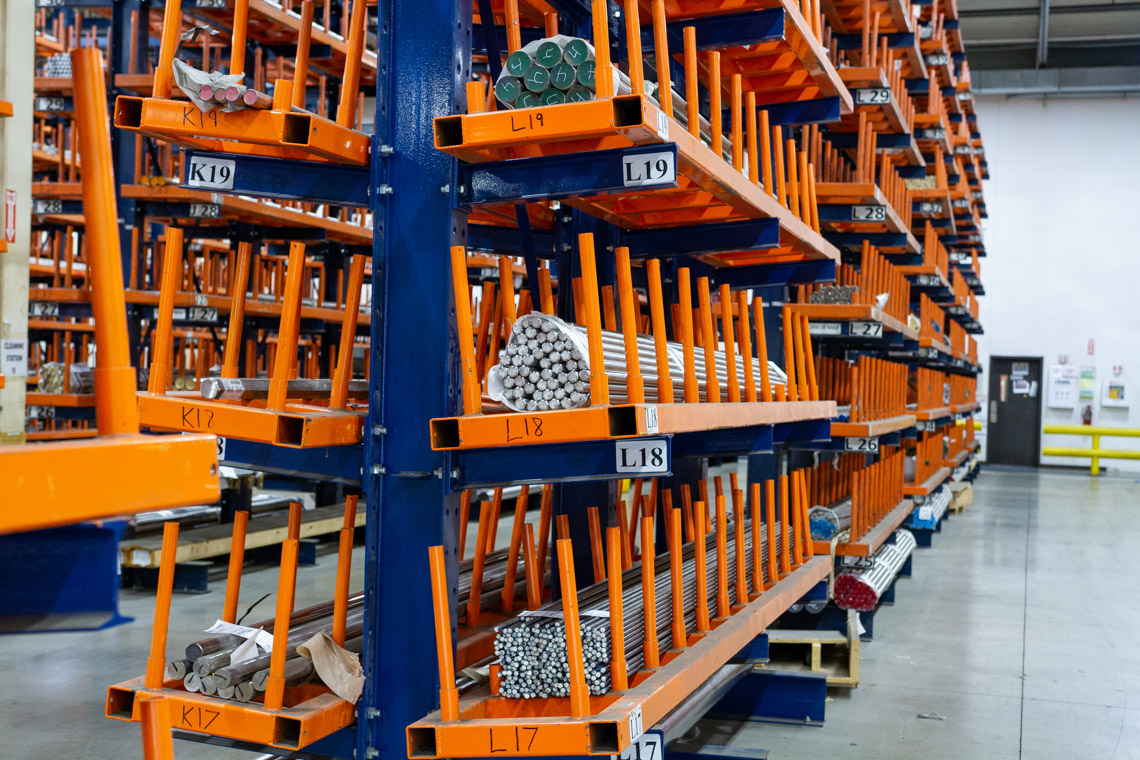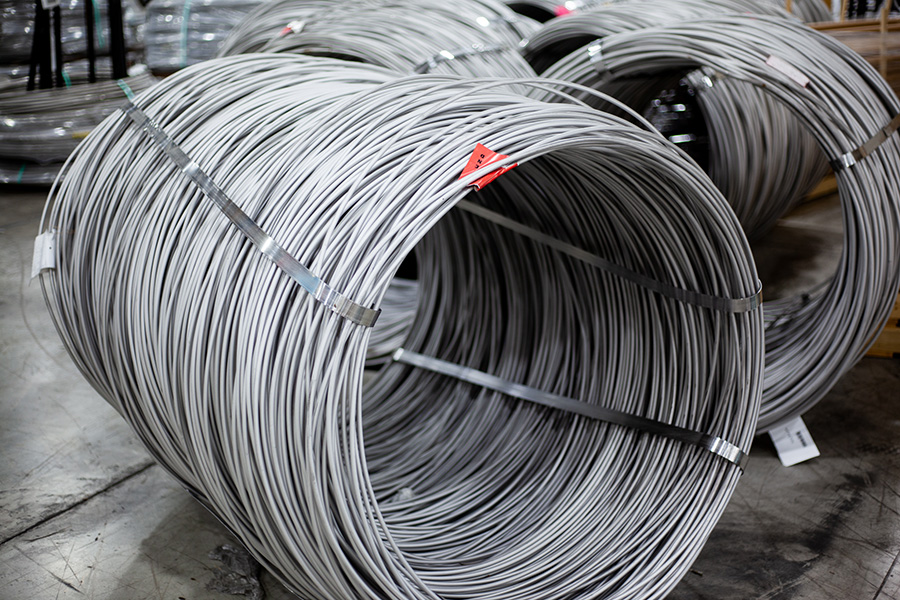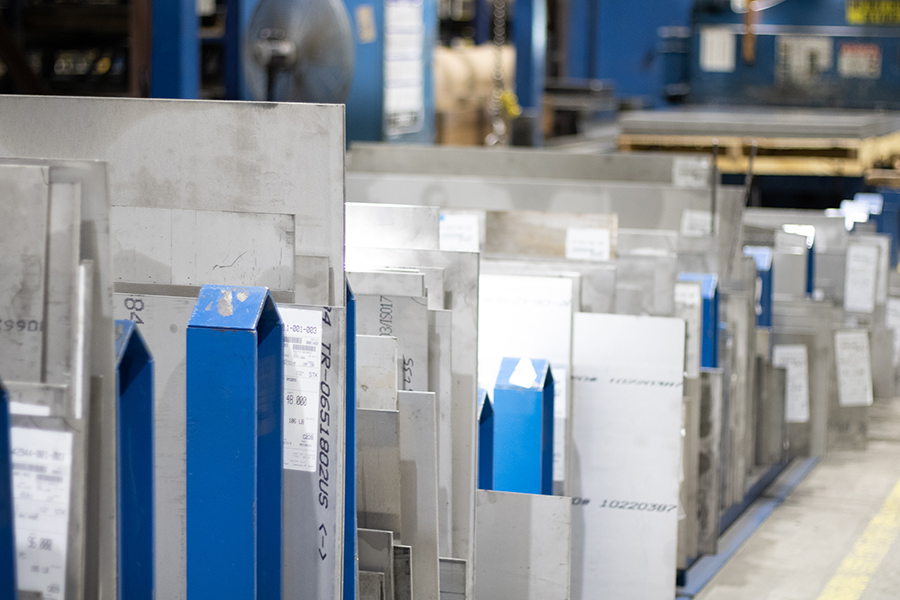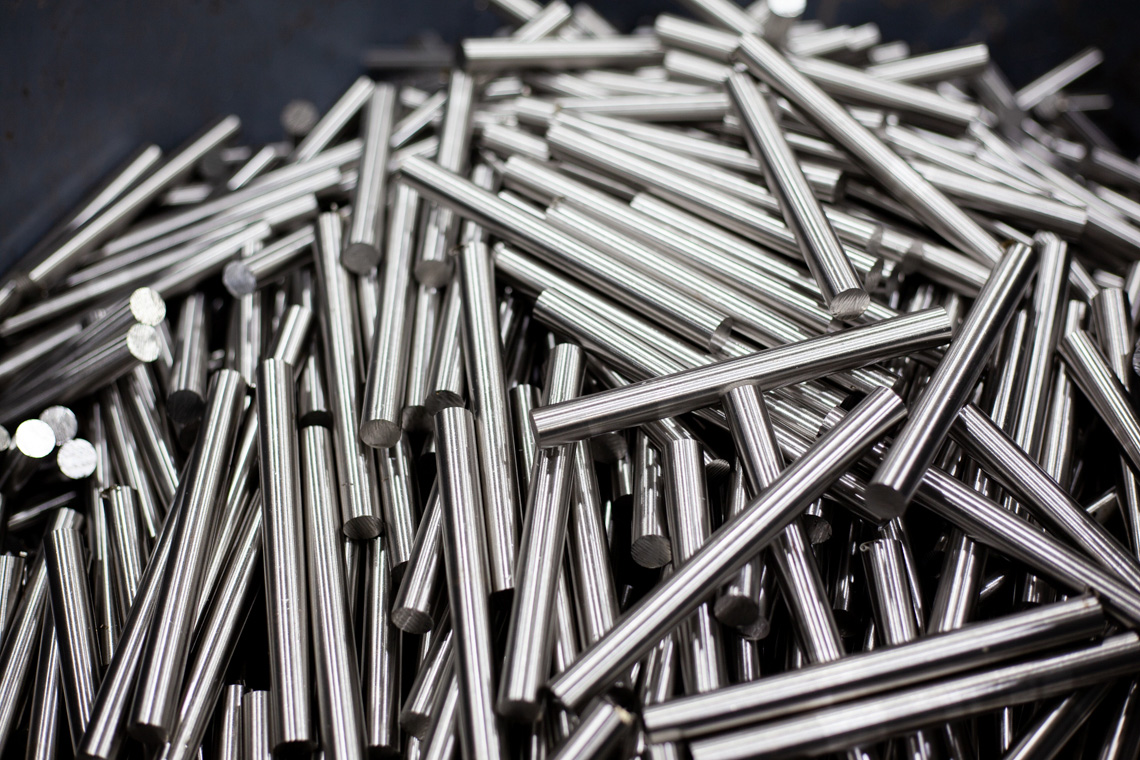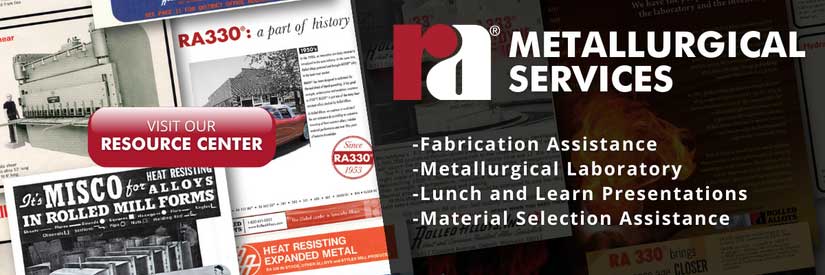Share:
More Articles
Welding Consumable Designations and Selection Criteria
Understanding welding consumable designations is essential for achieving strong, reliable welds. This guide breaks down AWS standards, electrode naming conventions, and key factors like polarity, base materials, and welding position to help you choose the right filler metal every time.
2025 Trade Shows
Come talk to a Rolled Alloys representative in person about your product needs! You can find us at these trade shows:
Instant Pricing on Nickel, Stainless Steel, Duplex, and Titanium
Get real-time pricing and availability for nickel, stainless steel, duplex, and titanium—all in one place.
New and Expanded Stock for 2025
New Titanium, Stainless, Nickel and Cobalt in Stock Now – CP Ti Grade 2, 635, 718 and More!
History and Uses of Alloy 800
Discover the evolution of Alloy 800, from its origins during the 1950s to modern derivatives like Alloy 800H/800HT. Learn about its high-temperature strength, petrochemical applications, and commercial availability today.
New Rolled Alloys Facility in Ohio
Rolled Alloys announces new facility located in Toledo, Ohio.
Reasons Why Duplex Stainless Steels are Replacing the 300 Series
Explore the four key benefits of duplex stainless steel: high strength, superior corrosion resistance, ease of fabrication, and cost-effectiveness. Understand why 2205 is favored over 304/304L and 316/316L for industrial applications.
Understanding P-Numbers and F-Numbers in Welding
P-Numbers and F-Numbers are essential classifications in the welding industry, particularly for projects that follow ASME codes and…
Chicago Oktobarfest 2024
Join us for food, demo’s and prizes on October 11th from 11 a.m to 3:30 p.m at 711 Phoenix Lake Ave, Streamwood, Illinois.
High Temperature Strength – An Explanation of Creep and Rupture
Learn how metal strength at high temperatures differs from room temperature in this comprehensive guide. Discover the importance…
Positive Material Identification (PMI)
Learn about the latest advancements in Positive Material Identification (PMI) from portable XRF to OES instruments. Understand their…
The History and Uses of AL-6XN®
AL-6XN® was developed to improve the corrosion resistance of AL-6X in seawater environments, offering better performance in resisting…
Bar Products: Specifications, Key Processes, and Common Confusions Explained
When delving into the intricacies of bar products, specific terms, processes, and even specifications are common areas of misunderstanding.
Quote, Buy, Track!
We make it easy to get instant pricing and purchase your metal at the click of a button. Track your order progress, get notified when it ships, and follow your shipment online until it’s delivered. It’s that easy!
We have been supporting the heat-resistant alloy market for over 70 years. Many different industries, such as thermal processing, chemical processing, and power generation, depend on the capabilities of these alloys to perform day-to-day activities.
In this webinar, we will explore the world of wrought heat-resistant alloys. The listener will be introduced to commonly utilized heat-resistant alloys, factors to consider when selecting a heat-resistant alloy, and some industrial applications within specific industries.
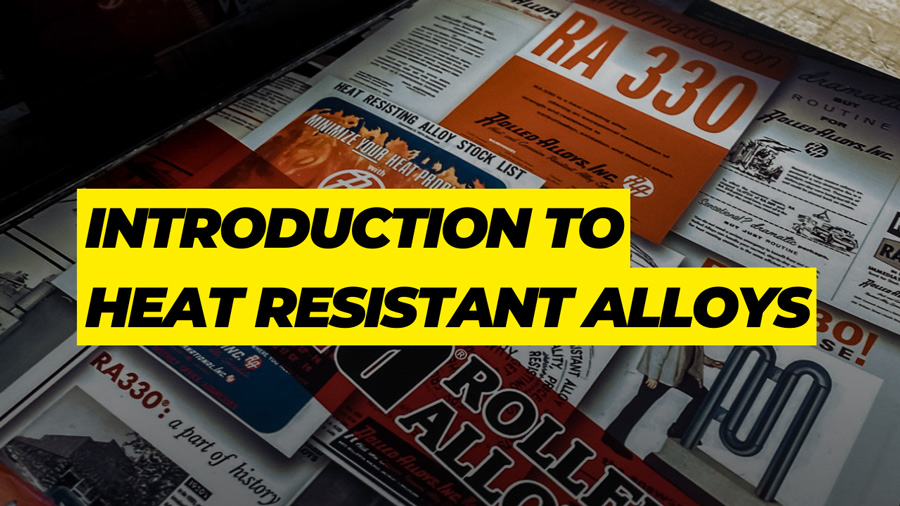
Presentation Slides
An Introduction to Heat Treat Alloys
Exploring the World of High-Temperature Alloys
Welcome to Rolled Alloys’ Webinar Series
Hello and welcome to Rolled Alloys’ second webinar in our ongoing series. In today’s session, we’re delving into the fascinating world of heat-resistant alloys. Whether you’re a materials enthusiast or someone seeking specific solutions for high-temperature applications, we’ve got you covered.
In this blog post, we will cover key takeaways from the webinar, explore the fundamental aspects of heat-resistant alloys, and discuss their applications. We will also touch upon some important considerations when choosing the right materials for your specific needs.
Rolled Alloys: Your Trusted Global Supplier
Before we dive into the world of heat-resistant alloys, it’s essential to know who we are. Rolled Alloys is a global supplier specializing in high-performance alloys. Our offering includes state-of-the-art material processing, an exceptional e-commerce platform, and a team of metallurgical experts to assist you. We provide a wide range of alloys, including nickel alloys, stainless steels, duplex, titanium, cobalt, and various forms such as plates, sheets, and bars.
Meet the Expert: Hugh Thompson
Our speaker for today is Hugh, an Application Engineer with Rolled Alloys. With a Bachelor of Science in Mechanical Engineering from the University of Toledo School of Engineering, Hugh has been a valuable member of our team since 2019. His responsibilities include conducting failure analyses, addressing technical inquiries, and assisting customers in material selection for specific applications and processes. He’s also actively involved with organizations like ASME, MTI, and the Association for Materials Protection and Performance.
What Are Heat-Resistant Alloys?
Heat-resistant alloys are a special group of materials designed for high-temperature environments. These alloys contain a minimum of 12% chromium to form a protective chromium oxide layer at high temperatures. Additional elements such as carbon, nitrogen, nickel, silicon, and aluminum enhance their properties. Rare earth metals are also incorporated to improve oxide adherence.
Some common heat-resistant alloys include,
Factors to Consider When Selecting Heat-Resistant Alloys
- Oxidation Resistance: Heat-resistant alloys with at least 12% chromium can form an oxide layer that protects them at high temperatures. Beyond the oxidation threshold, they become porous and brittle.
- Creep Strength: Creep is time-dependent deformation at elevated temperatures and constant stress. High creep strength alloys retain their shape, making them ideal for high-temperature applications.
- Carburizing and Nitriding: These processes introduce carbon and nitrogen into the material’s surface, enhancing wear resistance. Alloys with high nickel content are better suited for these environments.
- Vacuum Processing: The process environment should be void of oxygen. Therefore, high temperature oxidation does not tend to be a concern.
Common Applications of Heat-Resistant Alloys
- Thermal Processing: Used for bar baskets, serpentine grids, radiant tubes, and retorts.
- Chemical Processing: Used for flair tips, piping, steam methane reformers, and heat exchangers.
- Galvanizing Lines: Used for their corrosion resistance.
Heat-resistant alloys are also used in a wide range of industries including:
- Power Generation
- Aerospace
- Oil and Gas
- Steel Manufacturing
Conclusion
Heat-resistant alloys are at the heart of numerous high-temperature applications. Understanding their properties and how they behave in various environments is crucial to making the right material selection.
We hope this blog post has provided you with valuable insights into the world of heat-resistant alloys. If you have any questions or need further assistance, please don’t hesitate to reach out to us. You can contact us via email or phone, and we’ll be happy to help. 1-800-521-0332 or email us metallurgical-help@rolledalloys.com
Buy Online Anytime
Our dashboard makes it even easier to shop online anytime from anywhere. Quote, buy, and track 24 hours a day at rolledalloys.com.
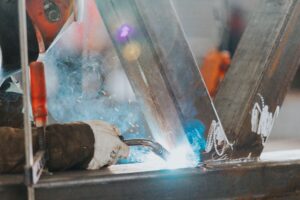
Welding Consumable Designations and Selection Criteria
Understanding welding consumable designations is essential for achieving strong, reliable welds. This guide breaks down AWS standards, electrode naming conventions, and key factors like polarity, base materials, and welding position to help you choose the right filler metal every time.

2025 Trade Shows
Come talk to a Rolled Alloys representative in person about your product needs! You can find us at these trade shows:

March Mania 2025
Every Online Order in March is a Chance to Win One of 8 Great Prizes!
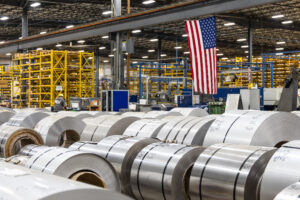
Instant Pricing on Nickel, Stainless Steel, Duplex, and Titanium
Get real-time pricing and availability for nickel, stainless steel, duplex, and titanium—all in one place.
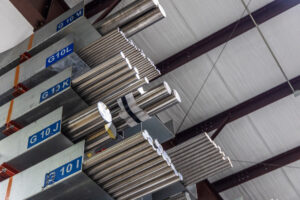
New and Expanded Stock for 2025
New Titanium, Stainless, Nickel and Cobalt in Stock Now – CP Ti Grade 2, 635, 718 and More!
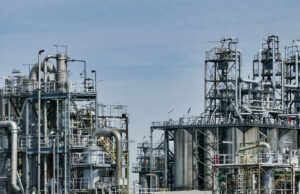
History and Uses of Alloy 800
Discover the evolution of Alloy 800, from its origins during the 1950s to modern derivatives like Alloy 800H/800HT. Learn about its high-temperature strength, petrochemical applications, and commercial availability today.

